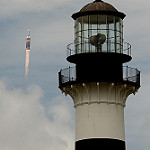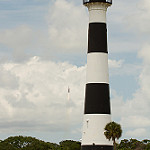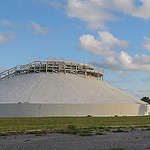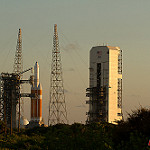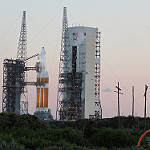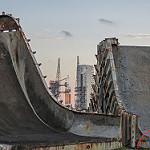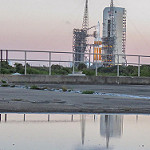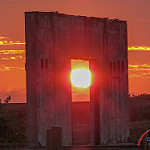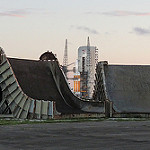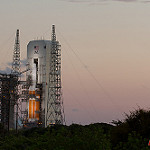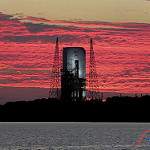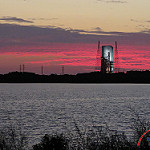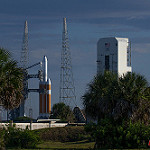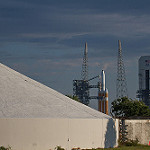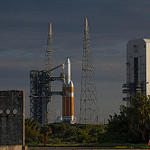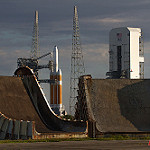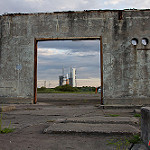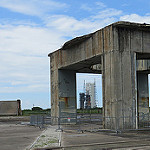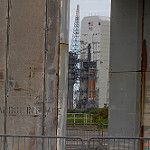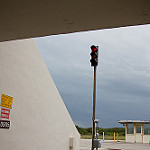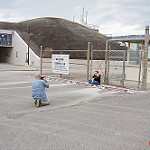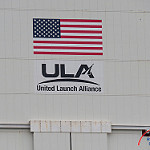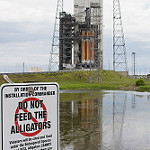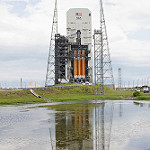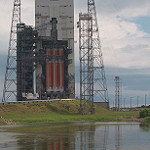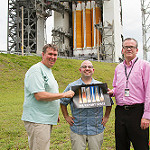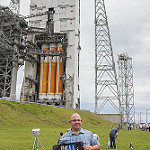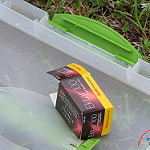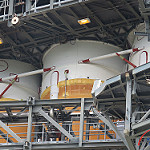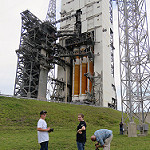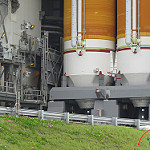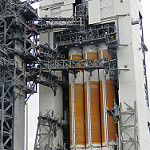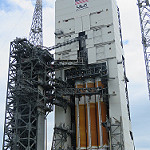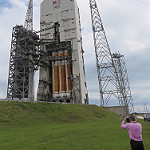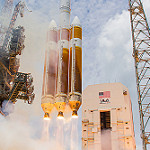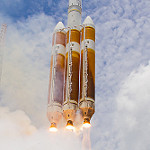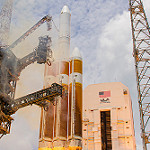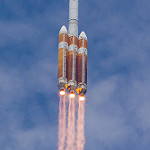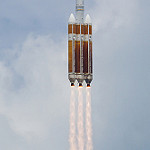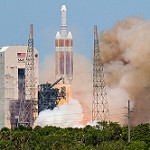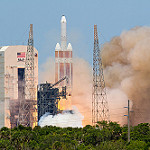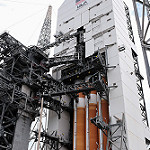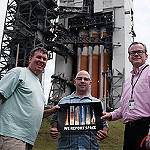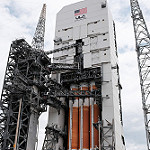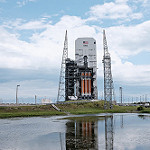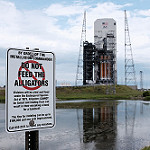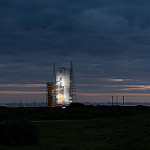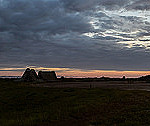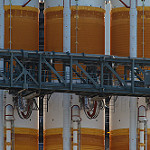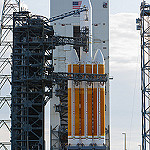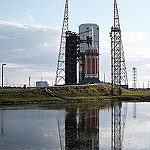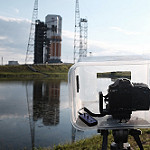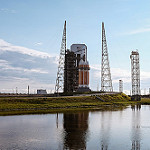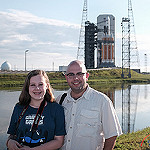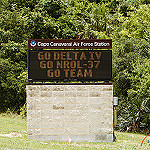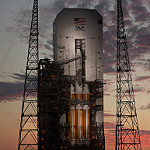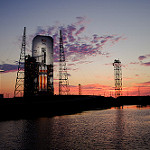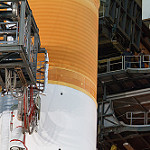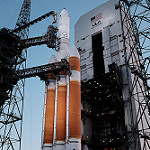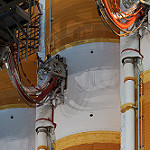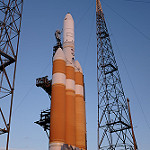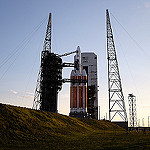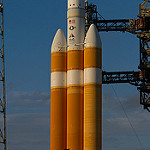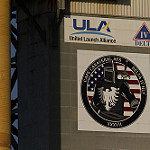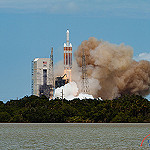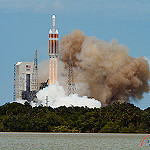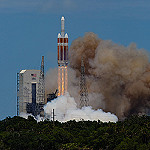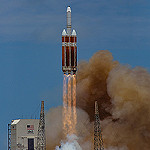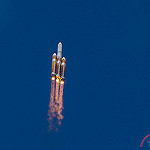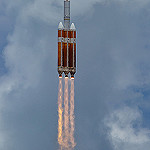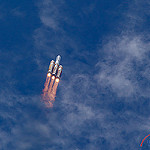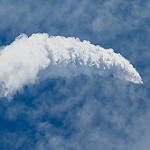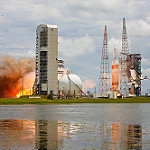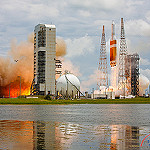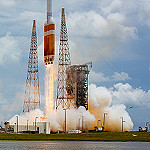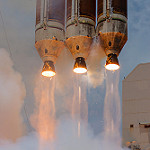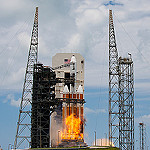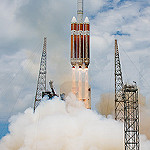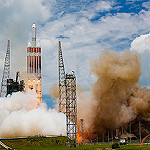ULA's massive Delta IV Heavy propels NROL-37 to orbit
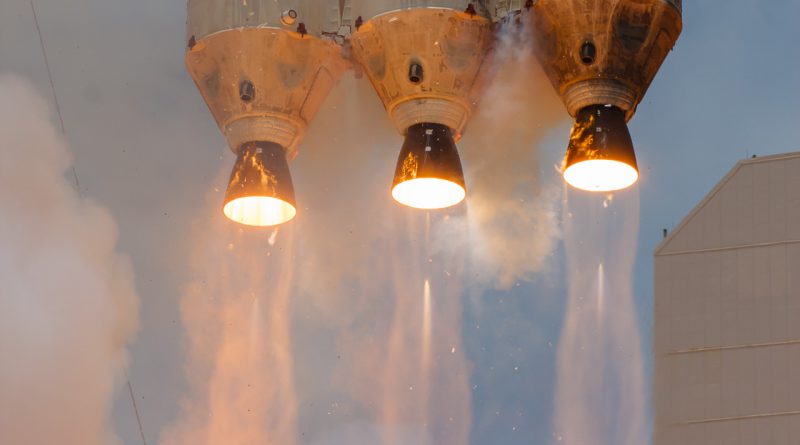
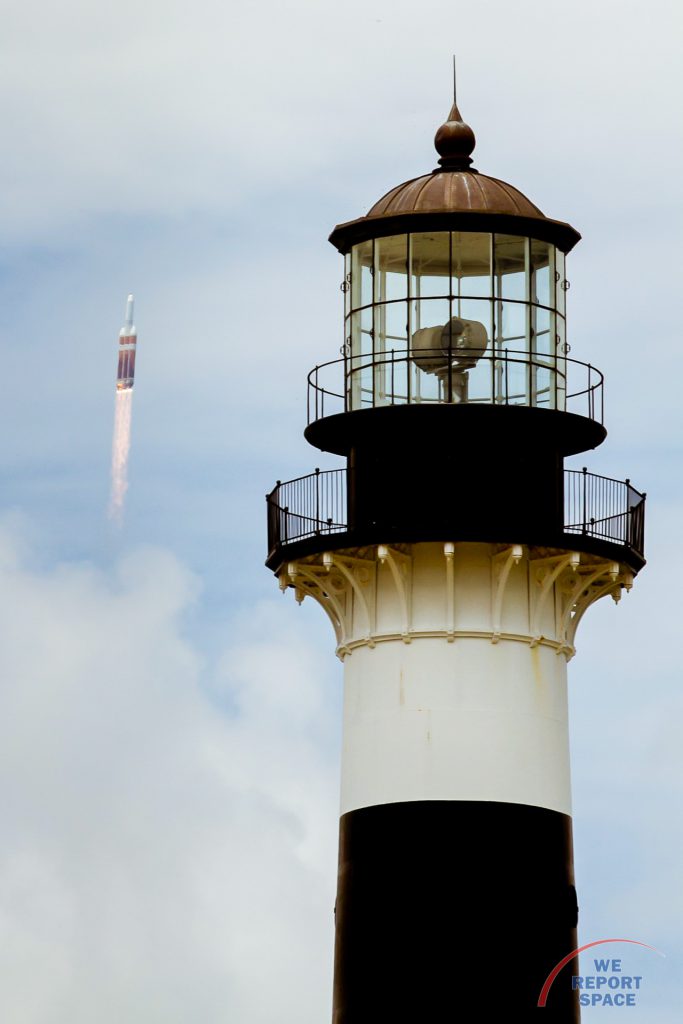
NROL-37. That mission name is the sum total of publicly available information released by the National Reconnaissance Office regarding the Delta IV Heavy launch on June 11, 2016 from Cape Canaveral Air Force Station.
The NRO is an agency shrouded in secrecy. While it was established in 1960, the general public remained unaware of the clandestine agency until 1971, when a mention of the DIA (Defense Intelligence Agency) National Reconnaissance Office appeared in the New York Times. A Senate committee report inadvertently acknowledged the agency in 1973, and the existence of the NRO was officially declassified in 1992.
[FAG id=494]Despite that secrecy, hiding something like a Delta IV Heavy is a bit like trying to throw a towel over a hurricane; the massive rocket essentially consists of three separate Delta IV Medium rockets joined together to form the highest-capacity heavy lift vehicle currently in operation. Spectators all along the space coast could see (and hear) the mighty rocket as it thundered its way to orbit. The unexpectedly beautiful weather, and the scrub earlier in the week placing the launch on a Saturday, brought out a large number of spectators to the areas around Port Canaveral and Cocoa Beach.
Our hands may be tied when it comes to talking about the payload, but we can certainly go into detail about the Delta IV Heavy rocket. Consisting of three Common Booster Cores (CBC), the Delta IV Heavy is essentially three Medium+ class Delta IV rockets, bundled into a single huge package. Each of the three CBCs contains liquid hydrogen and liquid oxygen as the fuel/oxidizer mix for the large RS-68A engine sitting at the bottom. The RS-68A was designed and built by Aerojet Rocketdyne as a cost-effective, less complex heavy lift engine for the Delta IV family, differing from Rocketdyne's other hydrogen engine, the RS-25 (more familiarly known as the Space Shuttle Main Engine). The RS-68A is currently the largest hydrogen-fueled rocket engine in use world-wide. All three RS-68A engines on the Delta IV Heavy are capable of gimballing (pivoting), which allows the rocket to precisely steer its course to orbit.
44 seconds after launch, the center CBC throttles down to just 55% thrust, conserving fuel while the port and starboard engines do the majority share of the work. At 242 seconds into flight, the outer CBCs have expended their fuel, and are jettisoned. At that point, the center CBC throttles back up to full thrust, and continues on for 86 seconds further.
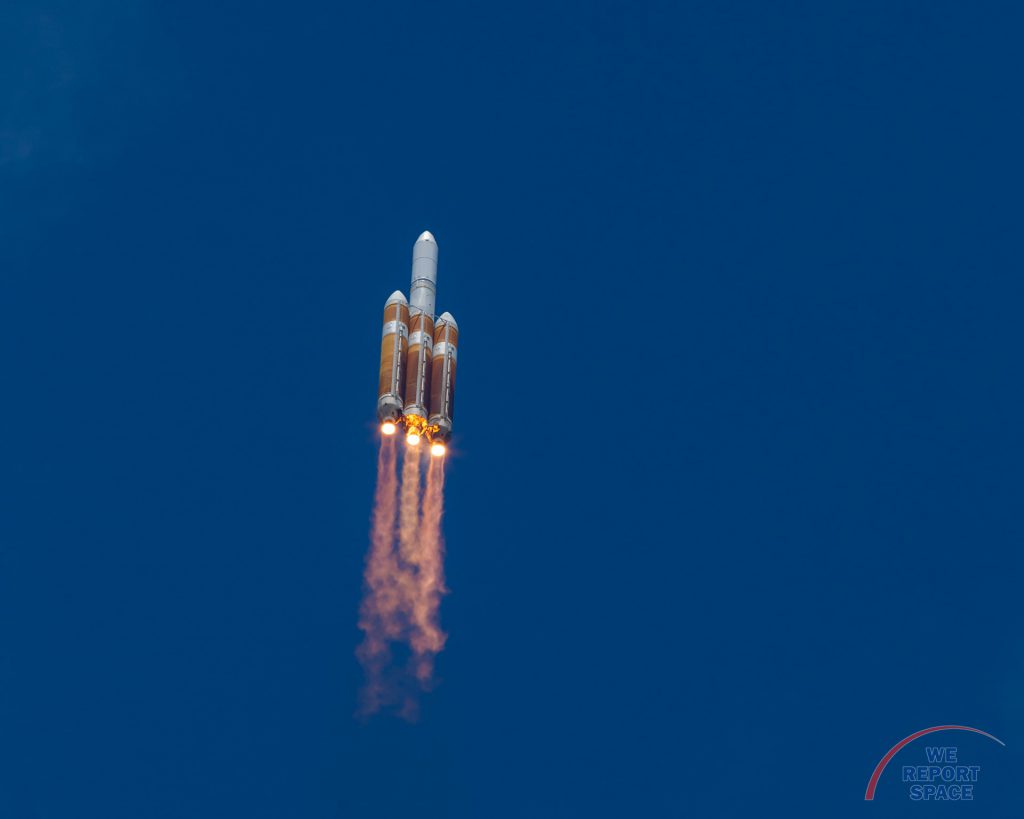
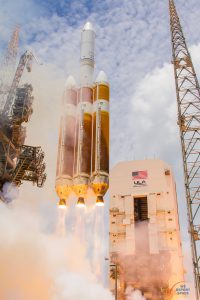
For members of the news media, we were given the opportunity to place sound-activated remote cameras around the base of the Delta IV launchpad, and escorted to a viewing area just 1.6 miles from Space Launch Complex 37B, the closest many of us had ever been to this powerful machine during its flight. Following the launch, firefighting crews spent the better part of an hour securing the launchpad, both from the normal hazards associated with rocket propellant, as well as the fact that the rocket ignited a large amount of grass both below the launchpad and along the flame trench during its departure.
The full We Report Space team was on-hand for this mission, placing a total of six cameras at the launchpad, and photographing the launch both from the Titan III causeway at Cape Canaveral Air Force Station, as well as from the grounds of the historic Cape Canaveral Lighthouse. As far as the remote cameras were concerned, the fury of the launch vehicle took its toll on some of the gear placed, as one camera housing was melted, another knocked flat onto its back, and a camera trigger was ejected from its housing, splitting into three pieces, before landing in the debris field below the launchpad.
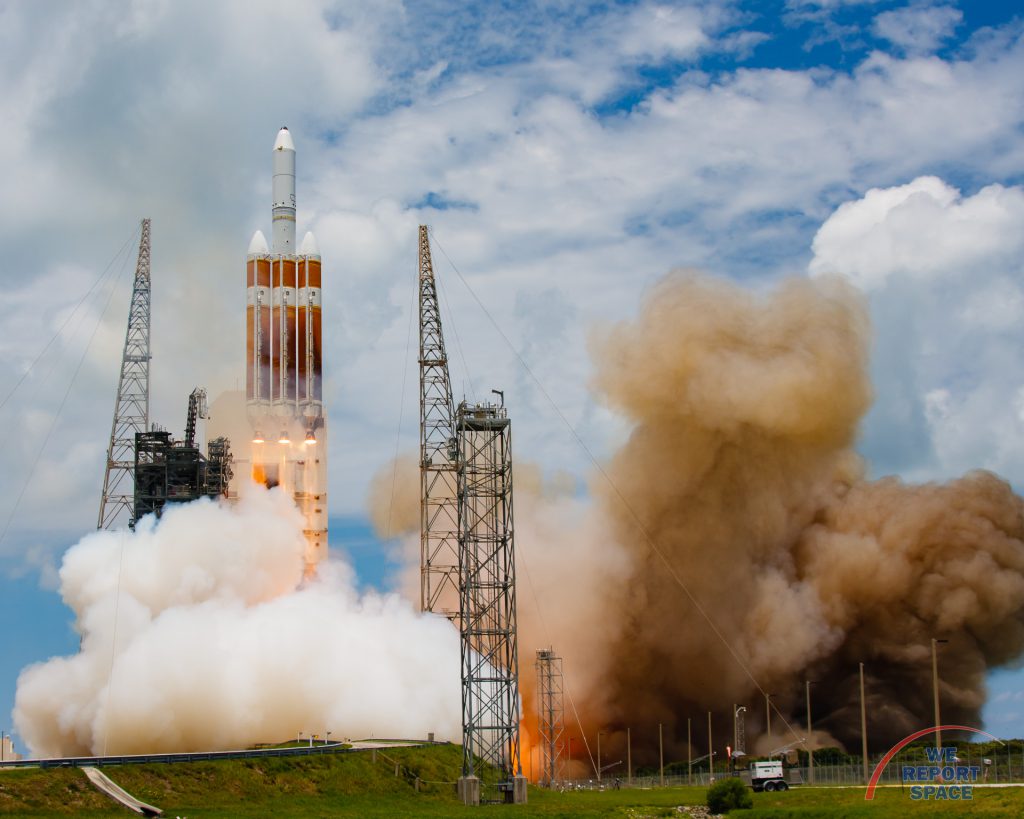
Photos

Stunning, full color photo book covering every east coast launch spanning 2014-2015, including the first-ever powered landing of a SpaceX Falcon 9 rocket.
More Info